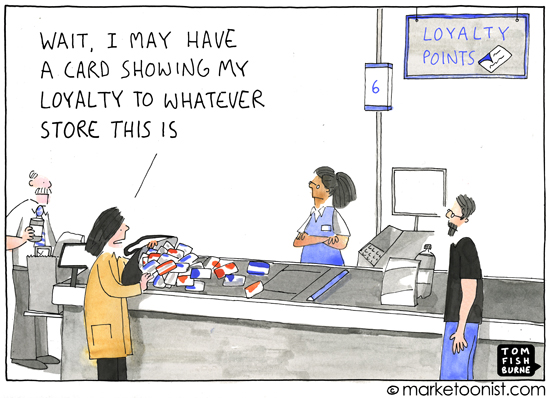According to Webster, Empathy is “the feeling that you understand and share another person’s experiences and emotion”.
This post outlines several case studies demonstrating how facilitated empathy, or helping employees and customers understand each other’s experiences, can improve customer satisfaction and frontline employee performance. In all cases the empathy was facilitated by creating or enhancing an interaction between customers and frontline employees:
In the first case, the mere sight of a customer motivated cooks to do their job better:
Customer satisfaction with the food shot up 10% when the cooks could see the customers, even though the customers couldn’t see the cooks. In the opposite situation, there was no improvement in satisfaction from the baseline condition in which neither group could see the other. But even more striking, when customers and cooks both could see one another, satisfaction went up 17.3%, and service was 13.2% faster. Transparency between customers and providers seems to really improve service.
In the second case, a brief meeting between “call center employees” and “customers” substantially improved the call center employees’ performance:
Grant […] arranged for one group of call center workers to interact with scholarship students who were the recipients of the school’s fundraising largess. It wasn’t a long meeting — just a five-minute session where the workers were able to ask the student about his or her studies. But over the next month, that little chat made a big difference. The call center was able to monitor both the amount of time its employees spent on the phone and the amount of donation dollars they brought in. A month later, callers who had interacted with the scholarship student spent more than two times as many minutes on the phone, and brought in vastly more money: a weekly average of $503.22, up from $185.94.
In the third case, viewing patient’s photos substantially improved radiologists’ performance:
An old-fashioned technology — the photograph — may help improve the performance of radiologists reading test results from high-tech medical scanners, Israeli researchers said on Tuesday. Radiologists often have little direct contact with patients, but showing them a photo of a test subject can help improve their performance, the researchers told a meeting of the Radiological Society of North America in Chicago.



